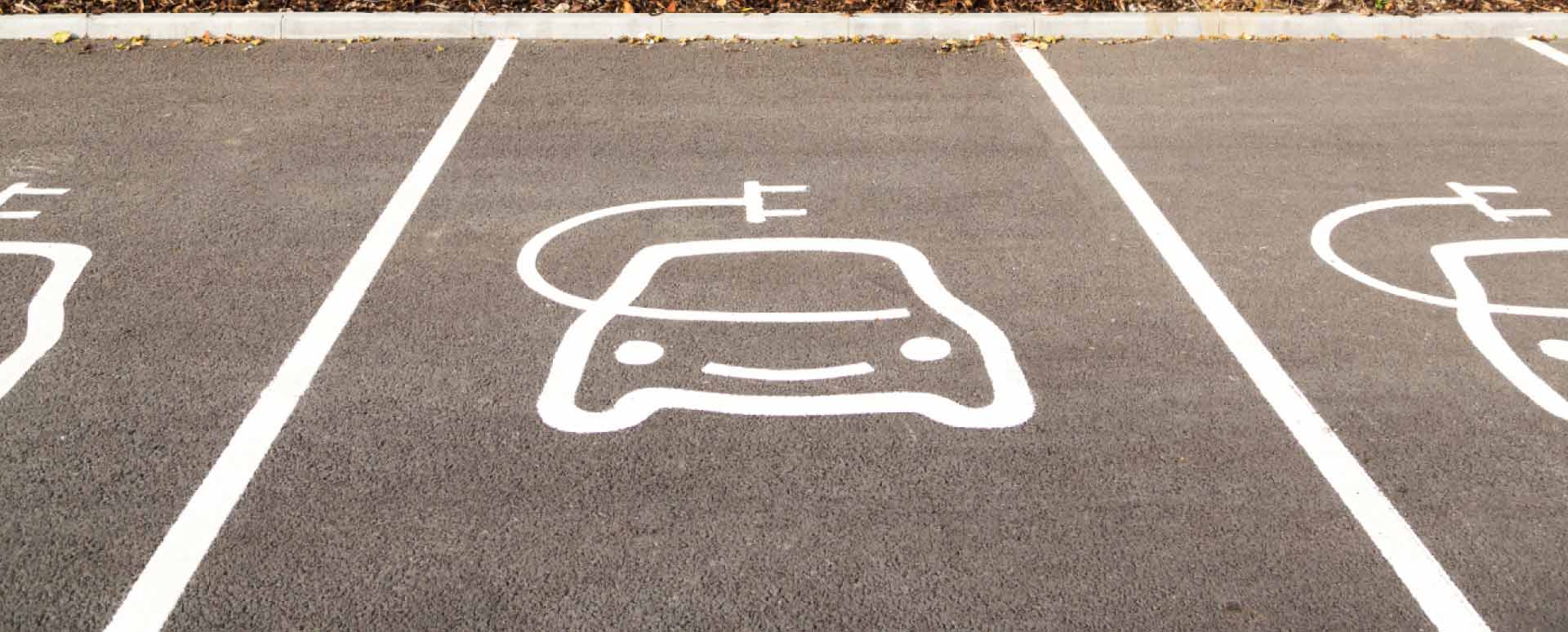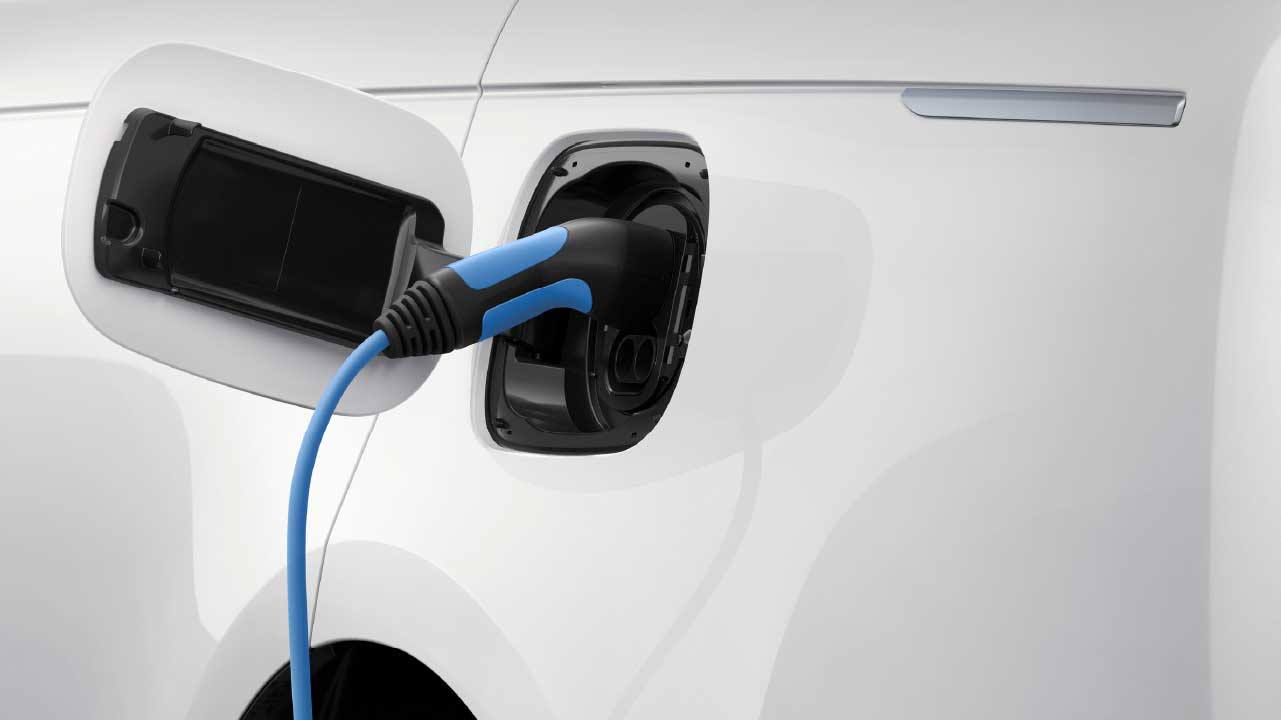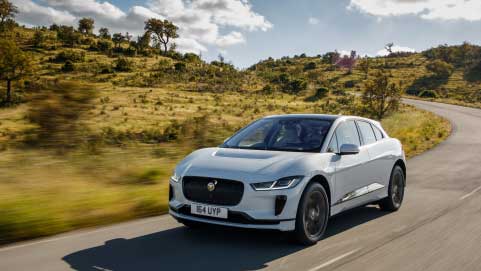ZEV Mandate Explained
The government has announced its zero-emission vehicle (ZEV) mandate, in line with the Net Zero Strategy, which will come into effect from 2024. Having already announced a ban on the sale of all new non-zero-emission cars from 2030 onwards, the new ZEV mandate has been designed to help speed the transition, by forcing car firms to make EVs account for an increasingly large part of their fleet.
What is the ZEV mandate?
The ZEV mandate is part of the Government's Net Zero Strategy and requires car firms to sell an increasing percentage of zero-emission vehicles from 2024 onwards. What that percentage will be is not yet clear, but it will go up in increments as the outright ban approaches in 2050.
The measure has been approved following a public consultation and will run alongside the existing CO2 fleet average targets. The ZEV mandate will take effect from 2024 and the Government will publish a consultation in early 2022 on the design of the ZEV mandate. This will include uptake trajectories, CO2 emission regulation, how and when targets will be set and enforced, and will outline what roles the public and private sectors will play.
What is the Net Zero Strategy?
The Net Zero Strategy report outlines how the UK will achieve the government's target to achieve net-zero emissions by 2050 and includes commitments, investment and legislation.
In the section on transportation, it reports that domestic transport accounted for 23 percent of UK greenhouse gas emissions in 2019, with 55 percent of that total from car emissions. It goes onto to pledge that "every place in the UK" will have its own net-zero-emission transport network before 2050.
They have also promised investment in industry and charging infrastructure, as outlined below.
- To bring forward a ban on all new non-zero-emission road vehicles –including motorcycles, buses and goods vehicles – to 2040, pending a public consultation.
- To spend an extra £620 million to support the transition to electric vehicles by increasing the rollout of charging infrastructure.
- To allocate a further £350 million from its £1 billion Automotive Transportation Fund (ATF) to support the electrification of UK vehicles and their supply chains.
- To ensure the nation's charging network is "reliable, accessible, and meets the demands of all motorists", and says it will to publish a full EV infrastructure strategy later this year.
- To build a "globally competitive" zero-emission vehicle supply chain, and to ensure the UK automotive sector is "at the forefront of the transition to net-zero."
- To reduce the barriers to data sharing across the transport sector, helping to drive new products, policies and services that will encourage people to make zero-emission journeys.
- To increase average road vehicle occupancy by 2030. The government claims that increasing the average car occupancy from 1.55 to 1.7 could save nearly 3 megatonnes of carbon each year by 2030 and says it is building evidence to understand potential policies that could increase the uptake of shared mobility. It has pledged to work with both industry and local authorities to determine this.
- To make a quarter of its own car fleet ultra-low emission by the end of 2022, and its car and van fleet fully zero emission by 2027.






